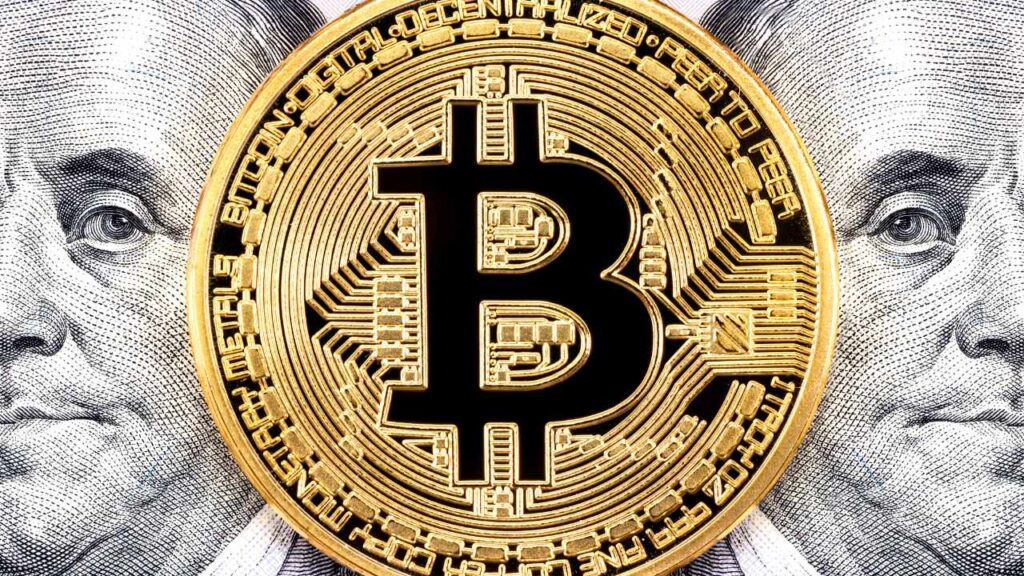
The tides may be turning for cryptocurrency in the United States. Congressman Patrick McHenry (R-NC) has thrown his weight behind two congressional bills aimed at fostering a regulatory environment that positions the US as a global leader in the digital asset space. This comes amidst his declaration that Bitcoin, the world’s first and most prominent cryptocurrency, is an unstoppable force that cannot be quashed by regulation.
McHenry, a vocal proponent of crypto, made these remarks during a fireside chat at the Bitcoin Policy Summit 2024. He emphasized the growing global adoption of digital assets, highlighting the need for the US to establish clear and conducive regulations. “The US must become a leader in digital assets,” he stated, “and these bills offer a path towards that goal.”
The specific details of the two bills haven’t been publicly revealed yet. However, McHenry’s comments suggest they might focus on providing clarity on how existing regulations apply to cryptocurrencies and potentially introducing new frameworks for classifying and overseeing digital asset activities. This could address the current uncertainty surrounding aspects like token classification and exchange registration.
McHenry’s stance on Bitcoin’s resilience is particularly noteworthy. He pointed to China’s failed attempts to ban Bitcoin mining as evidence of its unstoppable nature. “Every regime that’s trying to shut it down has failed,” he declared. This aligns with the growing sentiment that Bitcoin, with its decentralized and distributed ledger technology, is here to stay, regardless of regulatory attempts to control it.
However, some experts caution that complete deregulation isn’t the answer. Consumer protection and preventing illicit activities like money laundering remain crucial concerns. The key lies in striking a balance – fostering innovation while mitigating potential risks.
McHenry’s push for crypto-friendly legislation and his bullish stance on Bitcoin represent a significant development. It remains to be seen how these proposed bills will be received by Congress and other stakeholders. Nevertheless, they mark a step toward a more comprehensive and welcoming regulatory framework for cryptocurrencies in the US. This could have a ripple effect across the global financial landscape, potentially attracting further investment and innovation to the American crypto space.







